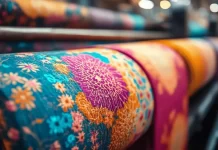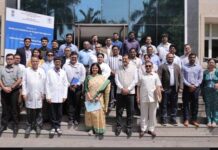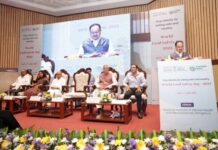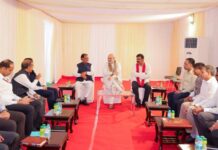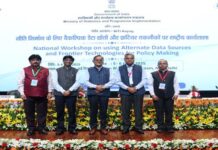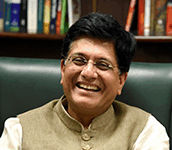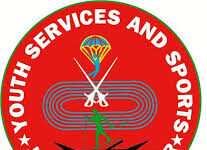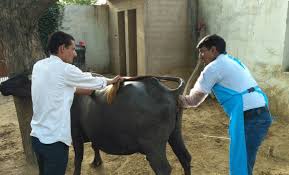SRINAGAR, FEBRUARY 6: Jammu and Kashmir is home to a thriving bovine industry, with about 31.45 lakh bovines the region accounts for 1.04% of India’s total bovine population.
Out of the total bovine population, 10.90 lakh cattle and buffaloes are considered breedable and have the potential to contribute towards region’s milk economy.
As per ISS-2020-21, the annual milk production in J&K is 25.94 lakh MT and the average annual milk production per cow in the region stands at 2380 litre, which is higher than the national average. The milk economy in J&K is valued at ₹ 9080 cr which plays a crucial role in the UT’s agri-economy.
Dairy farming is a major source of livelihood for many rural families and is constantly growing, with a focus on increasing milk productivity under CSS-RGM, and improving the quality of milk besides upgrading of milk collection, processing and marketing infrastructure under CSS-NPDD.
The dairy industry in J&K holds immense potential for UT’s economy, providing employment opportunities and contributing to the local population’s well-being. With the increasing demand for dairy products and the per capita availability of milk being lower than many milk potential states, the dairy sector is poised for significant growth in the UT in coming years.
The J&K government has taken a major step towards boosting the agriculture and allied sectors with the recent launch of Holistic Agriculture Development Program (HADP). This comprehensive program was expertly drafted by a team of Technical Working Groups under the guidance of Agriculture Production Department, led by the distinguished scientist Dr. Mangla Rai, former DG of ICAR.
The HADP is a comprehensive program that aims to address various challenges faced by the agriculture and allied sectors including dairy industry in J&K besides providing ample employment opportunities for the local population. The J&K government is committed towards supporting the dairy sector and ensuring its sustainable growth, thereby contributing to the overall economic development of the UT.
The HADP encompasses 29 innovative projects, including a visionary plan for dairy development in J&K over next 5 years. This dairy development project focuses on one of the most critical components that i,e; increasing milk productivity through wider implementation of Artificial Insemination (AI) by involving private AI workers. By successfully executing this intervention, the J&K government hopes to achieve a remarkable growth in average annual milk productivity, from 2380 litres to 4300 litres, by 2027.
The use of Artificial Insemination in the dairy industry has been proven to be a highly effective tool to increase average animal productivity and contribute to the growth of the rural economy. By using AI, dairy farmers can benefit from efficient use of high-quality bulls, without being limited by their location. The advantages of using AI over traditional breeding with bulls are numerous, including improved efficiency, cost-effectiveness, reduced transmission of disease, and enhanced breeding efficiency.
Despite various efforts, the current AI coverage in the UT of J&K is still limited to just 30 per cent of the breedable bovines. The AI coverage in the Kashmir division stands at 61 per cent, while it is only 17% in the Jammu division. In comparison, developed nations have 100 per cent AI coverage of their bovine population. The situation is even more concerning in districts like Reasi, Poonch, Rajouri, and Ramban, where the AI coverage is below 10%, despite the fact that 25% of the total breedable population of J&K is reared in these districts. Kupwara is the only district in Kashmir division which has lowest AI coverage, just 24 per cent.
One of the major obstacles in expanding Artificial Insemination (AI) coverage in J&K is limited network of government-run AI centers and shortage of trained AI technicians.



